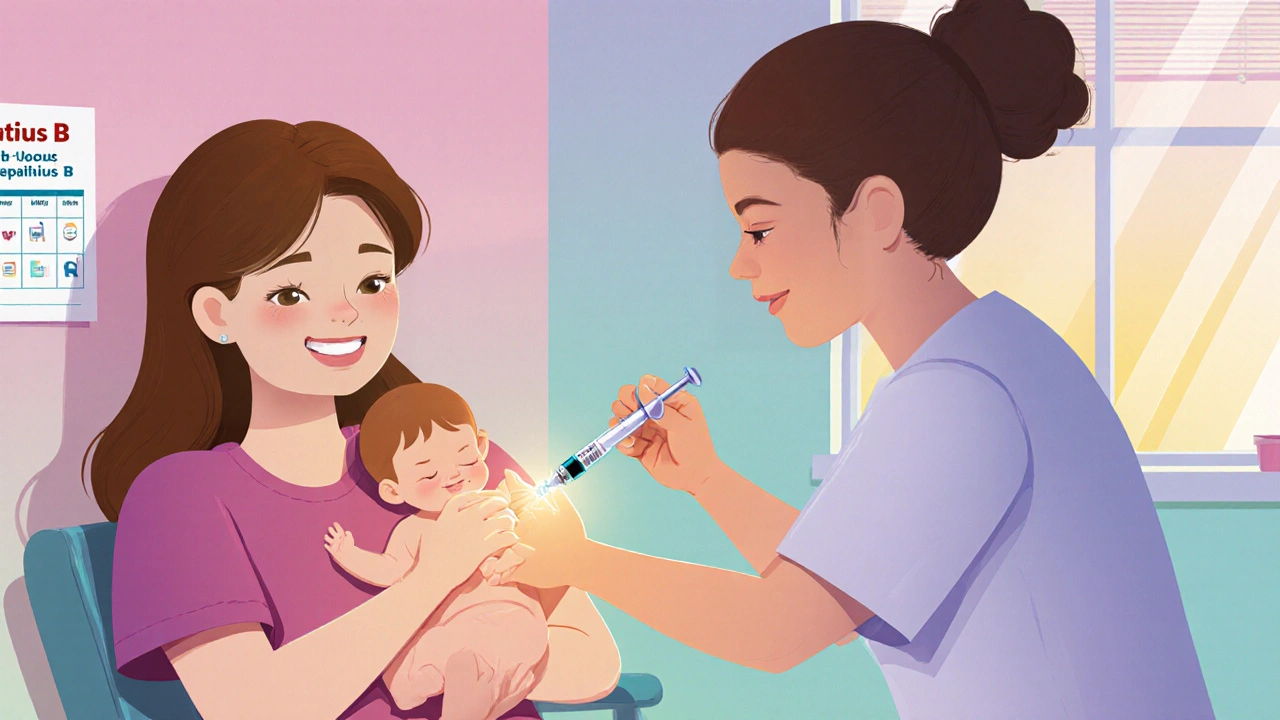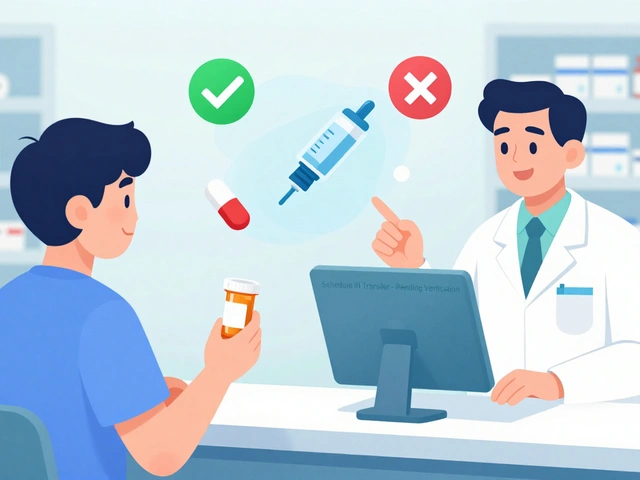Mother-to-Child Prevention: Stop Disease Transmission from Mom to Baby
When we talk about mother-to-child prevention, the set of medical and behavioral strategies used to stop diseases from passing from a pregnant person to their baby during pregnancy, labor, or breastfeeding. Also known as vertical transmission prevention, it’s one of the most effective public health tools we have—saving millions of babies every year from infections like HIV, hepatitis B, syphilis, and Group B Strep. This isn’t just about giving pills. It’s about timing, testing, and consistent care from the moment pregnancy begins.
Most of these infections can be blocked if caught early. For example, if a pregnant person has HIV and takes antiretroviral drugs as prescribed, the chance of passing it to the baby drops from 25% to less than 1%. That’s not a miracle—it’s science. Same goes for hepatitis B: giving the baby the first vaccine within 12 hours of birth, plus hepatitis B immune globulin, cuts transmission risk by 95%. Syphilis? A single penicillin shot during pregnancy can prevent nearly all cases of congenital syphilis. These aren’t theoretical outcomes. They’re standard practice in clinics around the world, and they work when followed.
But prevention doesn’t stop at medication. It includes regular prenatal visits, screening tests most people don’t even know they need, and safe feeding choices after birth. Breastfeeding can spread HIV in some regions—so formula feeding might be the safest option. In others, where clean water is scarce, breastfeeding with proper antiviral support is still recommended. Context matters. So does access. That’s why mother-to-child prevention isn’t just a medical protocol—it’s a system that depends on education, supply chains, and community support.
You’ll find posts here that break down how specific drugs like antiretrovirals or antibiotics are used in pregnancy, how side effects are managed, and how to spot when something isn’t working. There are guides on testing timelines, what to ask your provider, and how to stay on track when life gets messy. These aren’t abstract guidelines. They’re tools real people use every day to give their babies a healthy start.
Whether you’re pregnant, planning to be, or helping someone who is, the steps here are simple—but not always easy. The good news? You don’t have to do it alone. The right information, at the right time, makes all the difference.
Learn proven ways to stop chronic hepatitis B spread, from newborn vaccination to safe‑injection programs, with practical steps for individuals and policymakers.



